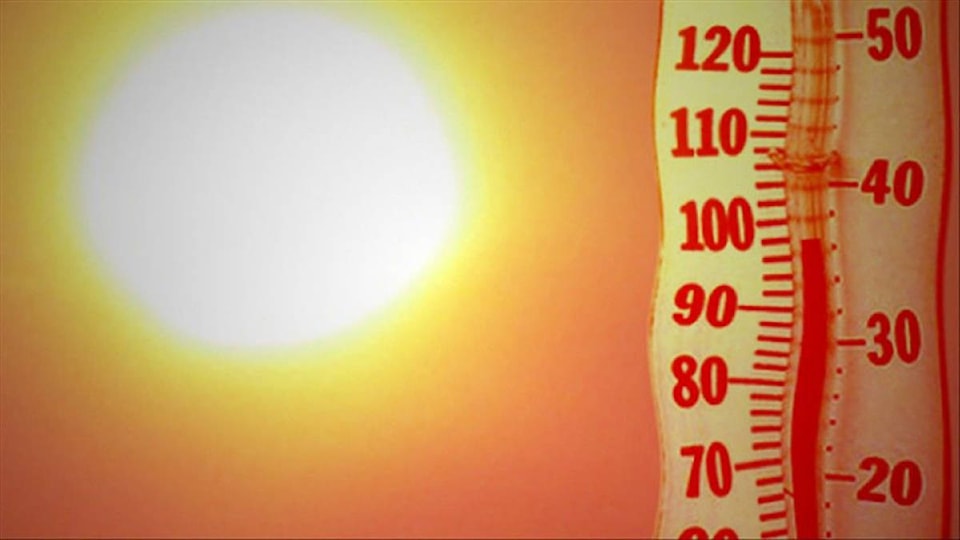With record-setting temperatures and dry spells occurring more and more frequently, British Columbians are increasingly trying to beat the heat at home with the use of air conditioning. A new report, entitled Cold comfort: The rising use (and cost) of air conditioning in B.C. courtesy of BC Hydro demonstrates how the people of B.C. are using A/C and indicates some ways in which usage can be curbed.
“Our demand is definitely higher in the winter opposed to the summer. And winter bills are higher for customers, especially customers who have electric heat,” explained Sally MacDonald, media relations with BC Hydro. “But many of our customers are looking for ways to reduce their electricity bill year round and we just wanted to provide some advice for those customers to help reduce on their cooling costs.”
In a July 17 release, BC Hydro stated that last August, they set a new record for summer power consumption when the province’s peak hourly demand exceeded 7,500 megawatts. Monday, July 16’s load was slightly lower but within the same range and is expected to remain high due to the hot weather. They are forecasting its peak load to be between 7,200 and 7,600 megawatts over the course of this week.
Provincially, the statistic shows that 34 per cent of the total population use air conditioners in their home. In the Southern Interior, which for BC Hydro includes the East Kootenay, A/C usage is over 60 per cent.
“But we’re contributing that a lot to do with the fact that Southern Interior has some of the hottest places in the province, like Penticton, places where it gets hotter than anywhere else,” MacDonald said. “But then on the other hand we also ask questions about how people manage their air conditioning and we found that four out of ten people in the Southern Interior don’t turn their air conditioner on until the outside temperature gets to 30 degrees celsius.”
BC Hydro’s survey also asked people how they manage their air conditioning and they discovered that 97 per cent of people in the Southern Interior keep their blinds and drapes closed when it’s hot out, compared to the provincial average of 77 per cent.
Southern Interior residents are also better than the majority of the rest of the province when it comes to shutting windows and doors when the A/C is on: 84 per cent versus 50 per cent provincially. Additionally, 63 per cent of people in the Southern Interior don’t use their stove or oven when it’s hot out versus 45 per cent B.C. wide.
So while more homes in the Southern Interior use A/C than the rest of the province, they are better at guarding their homes from the heat and setting their air conditioning units to the recommended temperature.
The recent BC Hydro-commissioned survey found that 93 per cent of British Columbians are adding to their energy bills by setting A/C units lower than the BC Hydro-recommended 25 degrees. For example, 20 per cent of respondents in the Lower Mainland and on Vancouver Island set their thermostat between 17 and 19 degrees while 32 per cent of residents in the North set their thermostat between 17 and 19 degrees.
“If you are using an air conditioner we recommend setting the thermostat at 25 degrees celsius or warmer and that can reduce significantly your cooling costs,” explained MacDonald. “Every degree lower that an air conditioner is set, cooling costs can increase by three per cent.”
Finally, whether you have A/C or not, there are many ways the people of B.C. can combat excessive heat and save money. For instance, only half of those surveyed said they close the windows or doors when the temperature outside is hotter than it is inside. About 25 per cent do not shade windows, yet shading windows can block out up to 65 per cent of the heat. And then 37 per cent of respondents said they leave fans on when they aren’t at home — fans do not cool the air, they only have a cooling effect on the skin.
Staying cool is accompanied by a cost. Running a central air conditioner for nine hours a day over the summer costs about $300. A fan will run you about $6 for the same amount of time.
